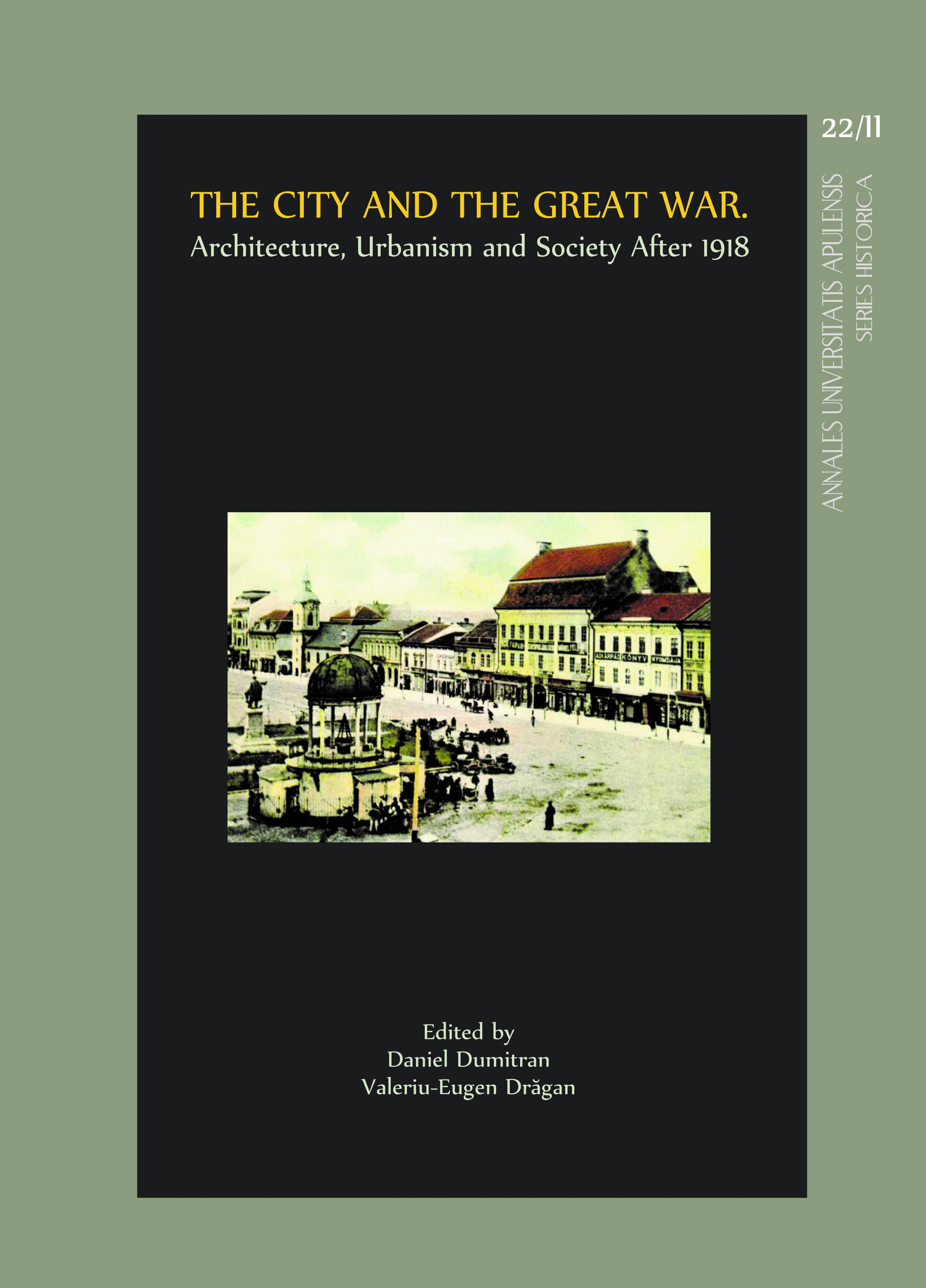Identitate pierdută? Proiecte de sistematizare urbană a orașului Alba Iulia după anul 1918 (I)
Lost Identity? Urban Planning Project of the Town of Alba Iulia After 1918 (I)
Author(s): Daniel DumitranSubject(s): Architecture, Recent History (1900 till today)
Published by: Editura Mega Print SRL
Keywords: Alba Iulia; urban planning; Romans’ Plateau; heritage; identity
Summary/Abstract: A general feature of the contemporary history of Romanian cities, owing especially to the ideological pressure during the communist regime, but also to the chaos characteristic of the post-communist period, is the difficulty in identifying urbanism trends, which is certainly valid in the case of Alba Iulia. The fact is to some extent paradoxical, because this town has self-identified over time as the “town of the Union”, since the act of 1 December 1918 gave it this identity more strongly than the similar declarations of union with the Kingdom of Romania on 27 March 1918 for Chișinău and 15/28 November 1918 for Cernăuți. More recently, the local government transformed the aforementioned phrase into the motto “the other capital”, based on the Vauban fortress’s tourism development, dating, in its current form, back to the 18th century. However, the history of the town, in particular the modern one, has little in common with the history of the fortress, and the need to create a more coherent link between the fortress and the modern habitation area (the “lower town” or “center”) and the post-War settlement on the “Romans’ Plateau” has represented the great problem of urban development projects in the city since 1918.The present study addresses three eras of urban project: 1. in the interwar period and during the Second World War, in relation to the construction regulations developed during that period; 2. in the period of “popular power” (1948-1965); and 3. in the first decade of the “Golden Age” (1965-1975). The sources utilized come from the archives of local and regional administrative authorities. The projects mainly focused on the systematization of the “Romans’ Plateau” area, where the collective habitation assemblies built in the post-war period first used the “quartal” model, then the “micro-raion” one, both of Soviet inspiration; and on the “Lower City”, whose reorganization has become stringent since Alba Iulia regained the status of an Alba County habitation in 1968. The investigation stops at the time of the destruction caused by the earthquake on 4 March 1977, which led to a radical restructuring of this area of the town.
Journal: Annales Universitatis Apulensis Series Historica
- Issue Year: 22/2018
- Issue No: 2
- Page Range: 197-257
- Page Count: 61
- Language: Romanian
- Content File-PDF

